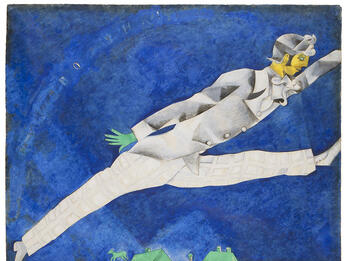Symphony Orchestra
Man Ray
1916
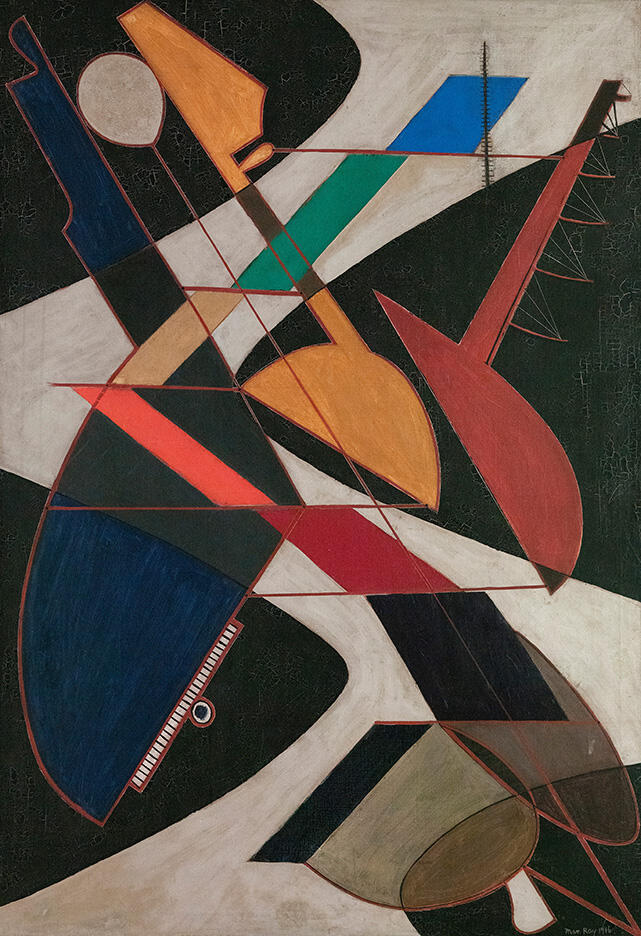
Creator Bio
Man Ray
The American multidisciplinary artist Man Ray played a major role in the Dada and surrealist movements of the Parisian avant-garde in the 1920s. Born Emmanuel Radnitzky in Philadelphia, he adopted a pseudonym early on in his career, as did many other Jews working in the period. After meeting and collaborating with the French artist Marcel Duchamp, in 1921 Man Ray moved to Paris, where he opened a photography studio. There he experimented with art film and photography, creating his signature “rayographs,” commonly referred to as photograms, in which objects were collaged onto photosensitive paper and exposed to light, producing quasi-abstract, black-and-white images. During World War II, Man Ray lived in the United States, but in 1951 he returned to Paris.
You may also like
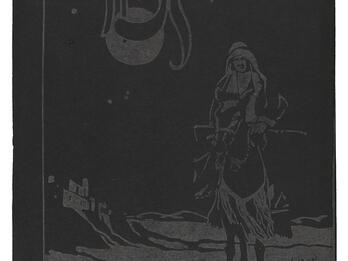
Yizkor (cover)
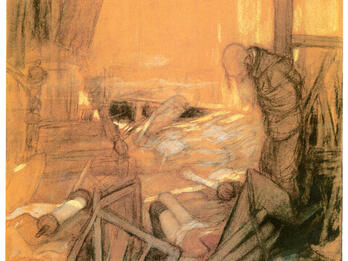
Under Her Father's Eyes
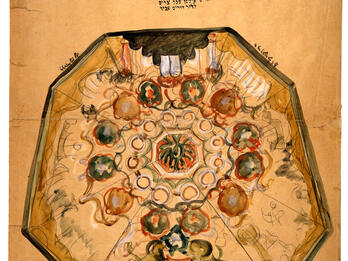
Drawing Based on the Ceiling of the Mohilev Synagogue
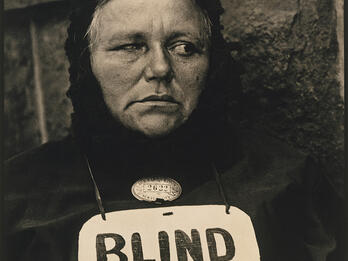
Blind Woman
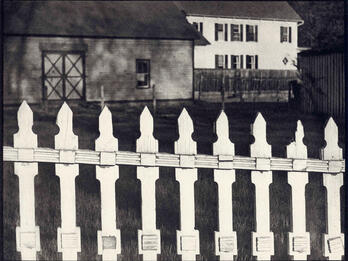
White Fence
